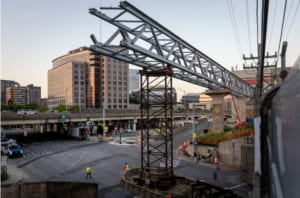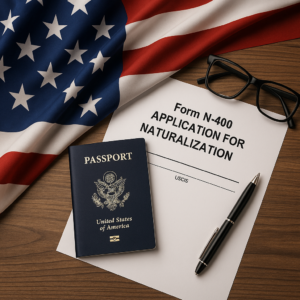Under U.S. immigration law there are several types of immigrant visas. We can generally break these into family based immigrant visas and employment and investment based immigrant visas.
Under the family based immigrant visas, there are two subcategories. Immigrant visas for immediate relatives of U.S. citizens (spouses, parents and unmarried children), and the Family-Based Preference categories (often abbreviated “FB”), which are generally other classes of relatives for U.S. citizen and lawful permanent resident sponsors. Immigrant visas for employment and investment are referred to as Employment-Based Preference categories (often abbreviated “EB”).
We have discussed the Department of State (“DOS”) Visa Bulletin in previous articles here.
When there is a higher demand for immigrant visas in a FB or EB category than the number of visas available for that category each year, the category is “oversubscribed”, leading to a backlog of that visa type. When the demand for visas in a category exceeds the supply of visas available, DOS will set a Final Action Date based on the visa applicant’s Priority Date. An applicant’s place in line for an oversubscribed visa is based on the date a petition for them is filed with the United States Immigrant and Citizenships Services (“USCIS”) and is called the Priority Date. The DOS updates the Priority Dates monthly and publishes them in the Visa Bulletin. The USCIS also uses the Visa Bulletin for applicants who are eligible to adjust their status in the United States. The applicant must wait for their Priority Date to reach the Final Action Date before a visa is available to them.
Retrogression occurs when DOS moves the Final Action Date backwards because its estimate of demand in previous months was incorrect. Those visa applications filed before the change in Final Action Date are “retrogressed” and DOS, and USCIS for adjustment of status applicants, will hold the visa application in abeyance and not adjudicate it until a visa becomes available in the future.
The Visa Bulletin can be confusing to understand and difficult to use to try to predict when a visa will become available in any visa category. If you have any questions about it and about retrogression, contact us at info@enterlinepartners.com and speak with a U.S. immigration attorney in Ho Chi Minh City, Manila and Taipei.
ENTERLINE & PARTNERS CONSULTING
Ho Chi Minh City, Vietnam Office
146C7 Nguyen Van Huong St, Thao Dien Ward,
District 2, Thu Duc City
Ho Chi Minh City, Vietnam
Tel: +84 933 301 488
Email: info@enterlinepartners.com
Facebook: Enterline & Partners – Dịch vụ Thị thực và Định cư Hoa Kỳ
YouTube: @EnterlineAndPartnersConsulting
Website: http://enterlinepartners.com
Manila, Philippines Office
Tel: +63 917 543 7926
Email: info@enterlinepartners.com
Facebook: Enterline and Partners Philippines
Website: https://enterlinepartners.com/language/en/welcome/
Copyright 2024. This article is for information purposes only and does not constitute legal advice. This article may be changed with or without notice. The opinions expressed in this article are those of Enterline and Partners only.




